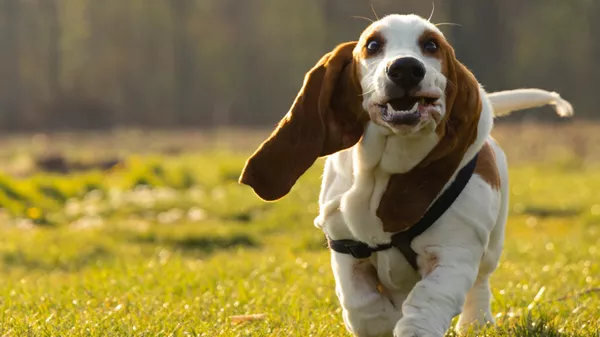Introduction to Basset Hounds
Basset Hounds are beloved for their charming appearance, characterized by their long, droopy ears, short stature, and soulful eyes. Renowned for their keen sense of smell and gentle disposition, Basset Hounds have captured the hearts of dog lovers worldwide. In this comprehensive guide, we delve into the fascinating history, genetic makeup, physical characteristics, temperament, health considerations, care requirements, and varieties of the Basset Hound breed.
Historical Background
The roots of the Basset Hound trace back to France in the 16th century. French aristocrats sought to develop a breed capable of tracking small game, such as rabbits and hares, at a slow pace, allowing hunters to follow on foot. The result was a dog with a keen sense of smell, short legs, and a sturdy build, perfectly suited to the task. The word “basset” itself is derived from the French word “bas,” meaning low, reflecting the breed’s short stature.
Progenitor Breeds
The Basset Hound is a product of careful crossbreeding between several distinct breeds. The primary progenitor breeds include the Bloodhound, Beagle, and various French hound breeds such as the Artois Hound and the Normandy Hound. Additionally, there are theories suggesting influences from the Foxhound and the Dachshund in the breed’s development.
Genetic Contributions
Each progenitor breed contributed specific traits to the Basset Hound’s genetic makeup. The Bloodhound, renowned for its exceptional sense of smell, passed down this trait, making Basset Hounds excellent scent trackers. The Beagle’s influence is evident in the Basset Hound’s friendly demeanor and sociable nature. The short legs of the Dachshund were likely instrumental in the Basset Hound’s distinctive low stature, while the Foxhound may have contributed to the breed’s endurance and agility.
Breed Development
The selective breeding of Basset Hounds focused on refining their hunting capabilities while also emphasizing desirable physical and temperamental traits. Over centuries, breeders meticulously bred dogs with the best scenting abilities, temperament, and conformation to develop the Basset Hound we know today.
Physical Characteristics
Basset Hounds possess a unique appearance characterized by their long, pendulous ears that sweep the ground, large expressive eyes, and a wrinkled brow. They have a muscular body with short legs and a deep chest. The breed typically weighs between 40 to 65 pounds and stands around 12 to 15 inches tall at the shoulder. Basset Hounds come in a variety of coat colors, including tricolor (black, white, and tan), red and white, lemon and white, and mahogany and white.
Temperament and Behavior
Basset Hounds are renowned for their friendly, laid-back demeanor and gentle disposition. They are affectionate and loyal companions, often forming strong bonds with their families. While they have a relaxed attitude, they retain a strong hunting instinct and may become single-minded when following a scent. Basset Hounds are generally good with children and other pets, making them excellent family pets.
Health Considerations
Like all breeds, Basset Hounds are prone to certain health issues. One common concern is obesity, as their love for food combined with their sedentary nature can lead to weight gain. Their long ears are susceptible to infections and require regular cleaning to prevent issues. Basset Hounds are also prone to hip dysplasia, ear infections, and bloat. Responsible breeding practices, including health screenings and genetic testing, are essential to minimize the risk of hereditary conditions.
Care Requirements
Basset Hounds have moderate exercise needs and enjoy daily walks or play sessions to keep them mentally and physically stimulated. However, care should be taken to avoid overexertion, especially in hot weather, due to their short legs and tendency to overheat. Regular grooming is necessary to keep their coat clean and free of mats, and their ears should be checked and cleaned weekly to prevent infections. Additionally, a balanced diet tailored to their age, size, and activity level is crucial to maintaining their overall health and weight.
Basset Hound Varieties
While Basset Hounds are generally consistent in appearance and temperament, there can be variations within the breed. Some may be slightly larger or smaller than the breed standard, and coat types may vary slightly in texture. However, these differences are typically minor, and all Basset Hounds share the same endearing qualities that make them beloved companions.
Conclusion
Understanding the background of the Basset Hound breed provides valuable insights for prospective owners, helping them better appreciate the unique characteristics and care requirements of these lovable dogs. By recognizing the breed’s origins, genetic makeup, and typical traits, individuals can make informed decisions when welcoming a Basset Hound into their homes. With proper care, attention, and love, Basset Hounds will continue to enrich the lives of families for generations to come.
Related Topics:





















